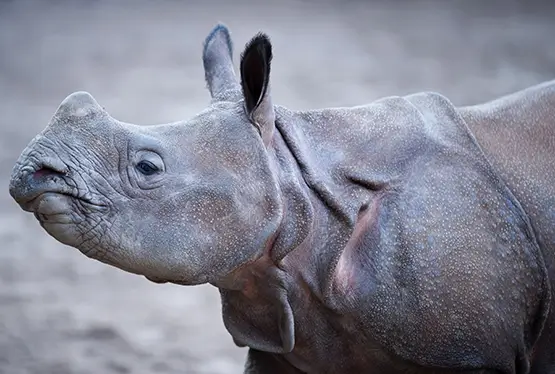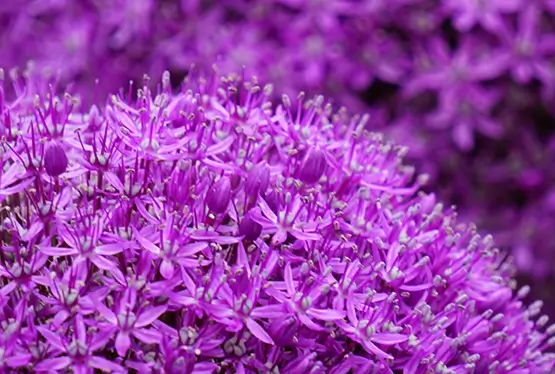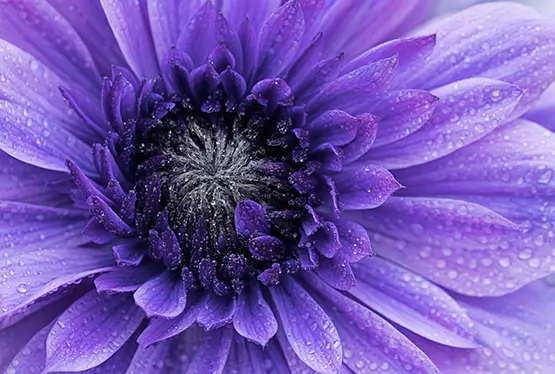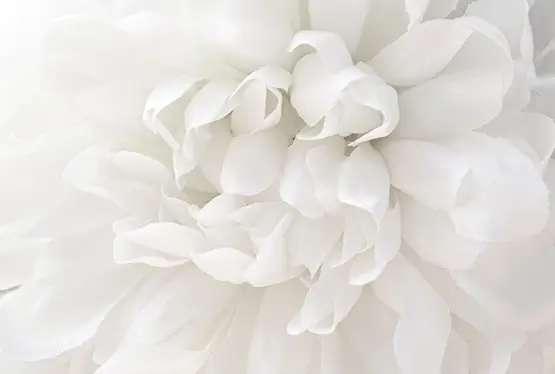Black—the color of mystery, power, and the unknown. It has been a cornerstone of human expression, embodying both the elegance of sophistication and the shadow of fear. This chapter delves into the enigmatic nature of black, exploring its various shades, historical roots, cultural traditions, and symbolic significance across the globe. From the depths of its myths to the heights of its use in art and fashion, black remains one of the most profound and multifaceted colors in existence.
Shades of Black
Black is far from singular; it encompasses an array of shades that convey different emotions and atmospheres. Jet black exudes an intense depth, while charcoal black has a softer, ashen quality. Onyx black reflects a gemstone-like brilliance, and midnight black evokes the serene vastness of the night sky. Matte black and glossy black, though starkly different in finish, are equally captivating in their applications, from design to fashion.
Words Associated with Black
Language around black is equally diverse. Words like "ebony," "sable," and "obsidian" highlight its richness, while "shadowy," "dim," and "murky" suggest mystery and obscurity. Across cultures, black is poetically described as the void, the night, or the ink of creation.
Historical Significance
Historically, black has been a symbol of authority and rebellion. In ancient Egypt, black represented fertility and the afterlife, as seen in the fertile black soil of the Nile. During the Renaissance, black attire was reserved for the wealthy, signifying power and restraint. In contrast, black also became the color of revolution during the 20th century, adopted by movements seeking to challenge societal norms.
Global Traditions
Black holds unique meanings in different cultures. In Western societies, it is often associated with mourning and solemnity, worn at funerals to honor the departed. In Japan, black kimonos are worn for formal occasions, symbolizing elegance. African cultures frequently use black to signify maturity and spiritual energy, particularly in traditional ceremonies.
Quotes About Black
Black has inspired countless writers and thinkers. Johnny Cash famously said, "I wear black because I’m comfortable in it. But then in the summertime when it’s hot I’m comfortable in light blue." This reflects black's paradoxical nature—both inviting and enigmatic. Henry Ford remarked, "Any customer can have a car painted any color that he wants, so long as it is black," underscoring black’s universal appeal and practicality.
Cultural Significance
Black plays a pivotal role in art, fashion, and religion. Artists use black to create contrast and drama, as seen in the works of Caravaggio and Rembrandt. In fashion, black is synonymous with sophistication, epitomized by the "little black dress." Religiously, black is both feared and revered; it is the color of the Kaaba in Islam and the robes of monks and priests in Christianity, signifying devotion and humility.
Myths and Tales
Myths around black are rich and varied. In Norse mythology, the black raven symbolizes wisdom and prophecy. In Native American traditions, the black bear represents strength and introspection. Even in modern literature, the Black Rider in Tolkien’s works embodies the shadowy allure of the unknown.
Scientific Perspective
Scientifically, black is the absence of light. This unique property has made it central to fields like astronomy, where black holes capture the imagination as regions of spacetime from which nothing can escape. In design, black absorbs all colors, making it a powerful tool for focus and contrast.
Black in Psychology
Psychologically, black is both protective and intimidating. It can create a sense of authority and control, often used in uniforms and branding. However, too much black may evoke feelings of isolation or fear, highlighting its dual nature.
Conclusion
Black is more than a color; it is a concept, a mood, and a statement. Its versatility and depth make it timeless, resonating across cultures, disciplines, and eras. Whether as a symbol of elegance, mystery, or rebellion, black continues to captivate and inspire, inviting us to explore the unknown and embrace the profound.








































